Alexander Khimushin is a Siberian-born photographer who has captured some of the rarest tribes in the world on his camera. Ten years of travel resulted in a recent NYC art exhibition, and viewers unanimously agreed that his unique portraits are gorgeous!
Fresh Faces
But why this specific subject matter? According to Alexander:
"There are hundreds of unique ethnic minority groups in the world. These people are just incredible. However, due to globalization, economic hardship, wars, racism, and religious discrimination, many of them are living on the edge, losing national identity, language, traditions and in many cases facing total extinction. Watching it all happening before my eyes I came up with an idea of the photo project The World in Faces."
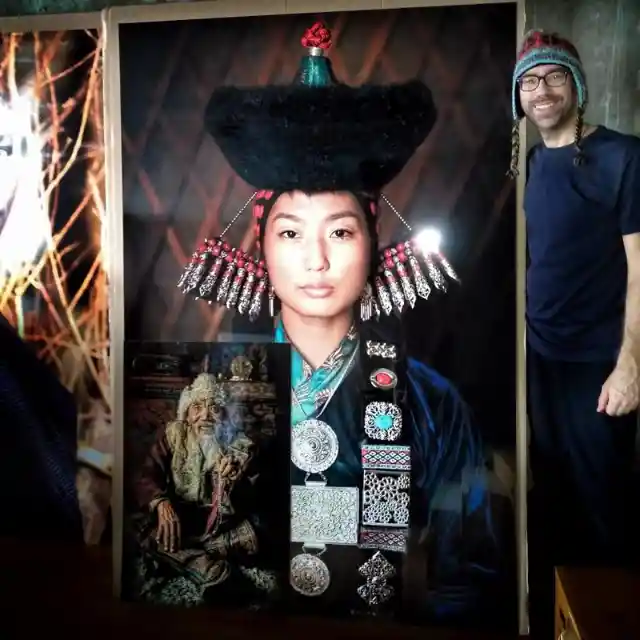
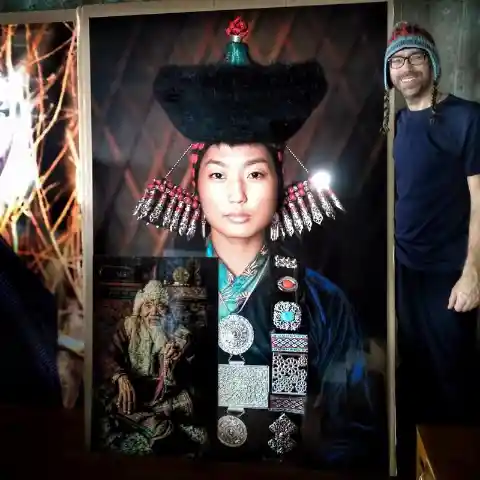
Alex has tracked down ethnic minorities who might not be in existence within several decades and wants to share them with the world. Odds are, you've never heard of these folks!
Native speakers of small indigenous languages, people who wear traditional clothing on a daily basis — even in an interconnected Instagram world, none of this is common nowadays!
Let's take a look at a bit of real human diversity, shall we?
If You Like It, Then You Shoulda Put A Necklace On It
Hello, Hamar woman! This beaded beauty is a member of the Turmi village in Debub Omo, South West Ethiopia. Sadly, she is off the market for now. How do we know? This tribe adorns married women with a special top necklace to signify her partnership.
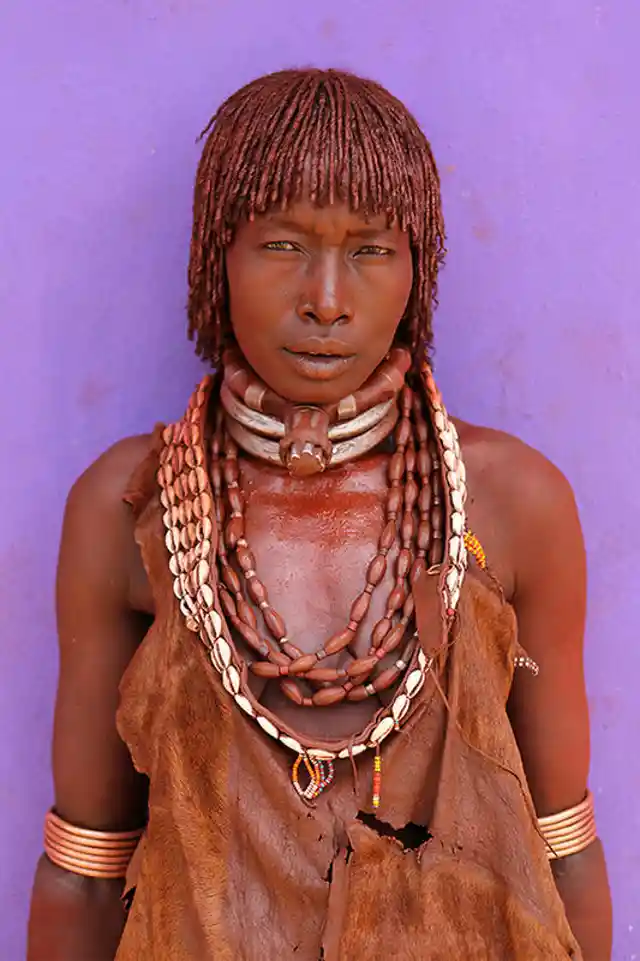
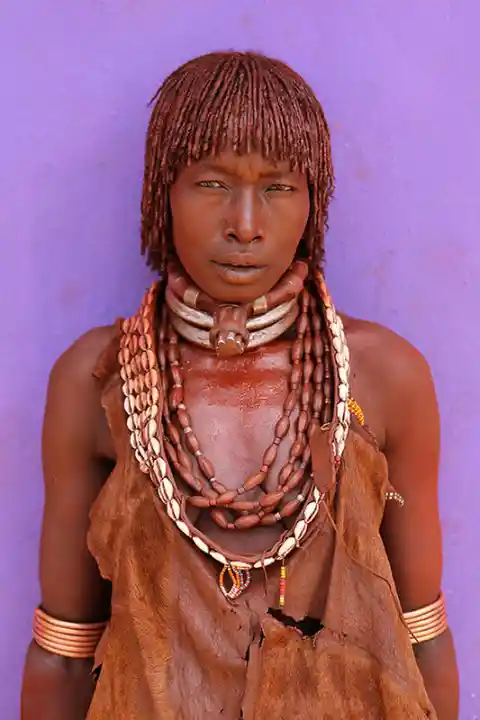
The Hamar people raise cattle and have many traditions focused on this central animal. Not many of them seem to be around at the moment, though. At around 42,000 people, they constitute 0.05% of Ethiopia’s population today. Say "miso" at the market next time you're in the neighborhood!
Bodi Positivity
This young man from the Bodi tribe seems like he has some real modeling potential! He seems like a natural in front of the camera, doesn't he?
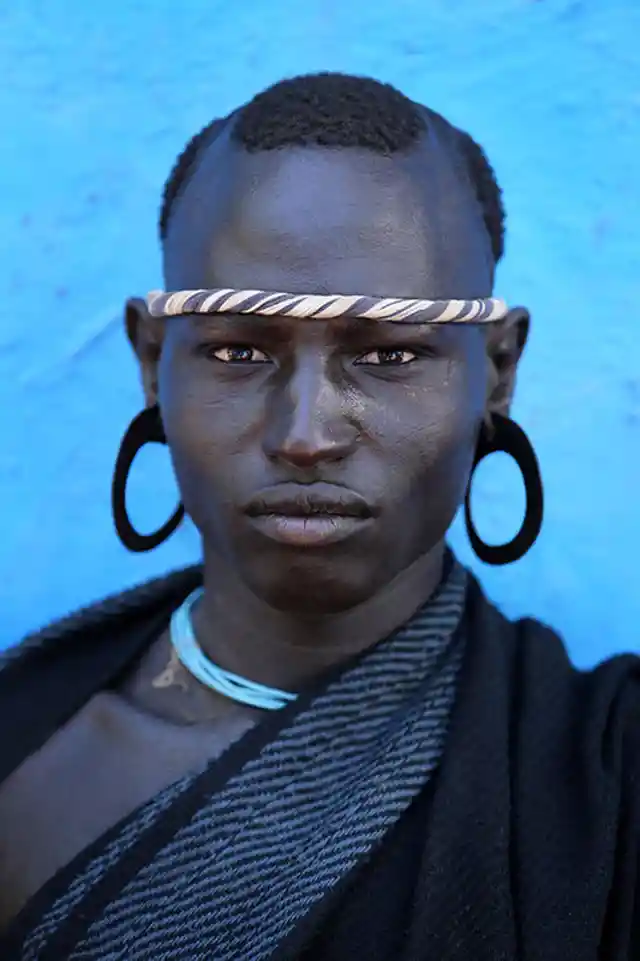
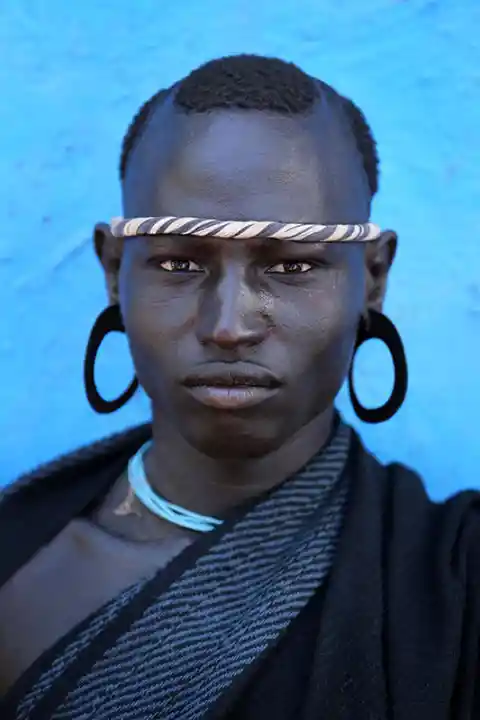
Located in the Omo Valley of Ethiopia, this group has a pretty interesting tradition.
Bigger is better in Bodi town, and the men consume excessive amounts of cow's blood and milk in a contest to be declared the tribe's fattest man. The process takes six months, but the winner will be viewed as a champion for the rest of his life. Good luck, Bodi bey!
Village Vixen
This stylish Desanesh tribal girl lives in Omorate, South Ethiopia. Her group can actually be found in Kenya and South Sudan, as well. According to data we have from Ethiopia, they don't seem to hang out in cities very often.
As of 2007, 48,067 tribespeople made up 0.07% of the country's population. And only 1,481 lived in urban settings!
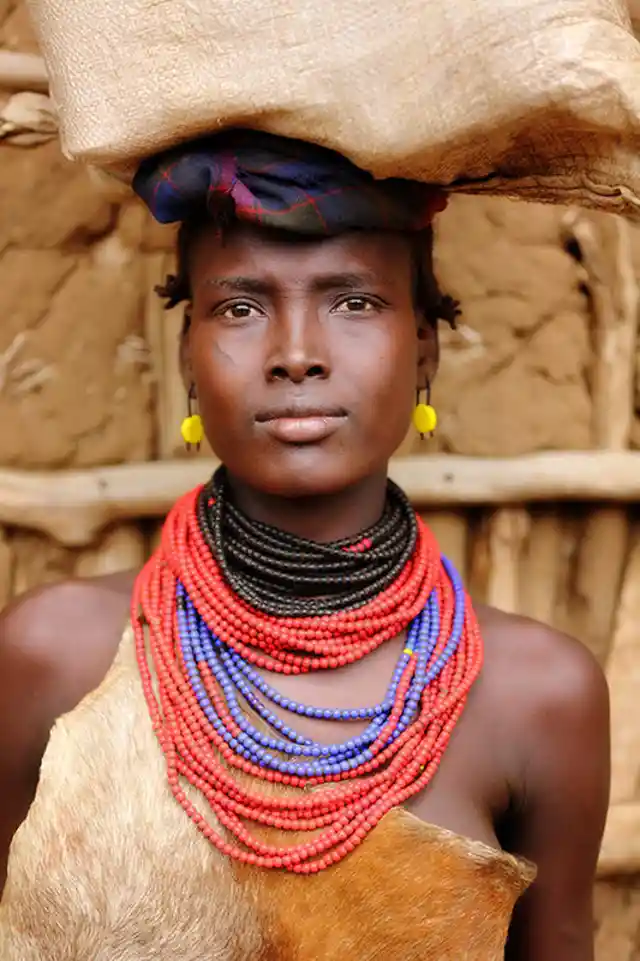
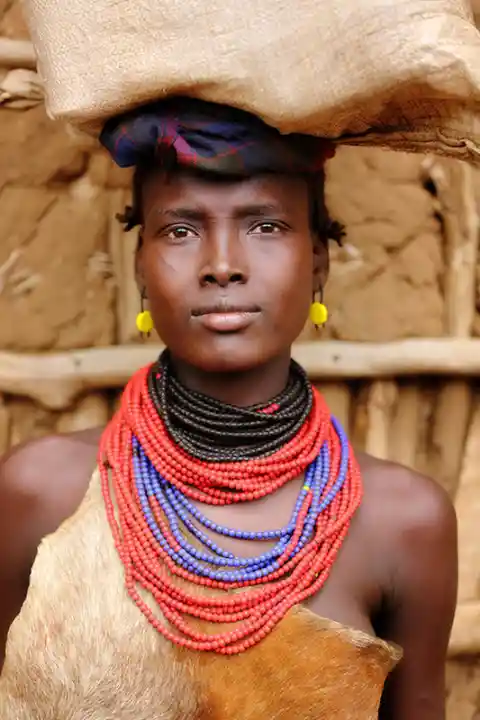
At the moment, development threatens the Desanesh traditional lifestyle with agriculture and cattle. Their highly egalitarian society may change in the coming years, like many small groups experiencing a shift in modernizing Africa. Only time will tell!
Hello, My Deer
The Oroqen people are one group in China that live a different lifestyle to the majority. Way out in remote Inner Mongolia Province near the border of Siberia, old customs are still very relevant in their world. That deer disguise is pretty impressive, we must say!
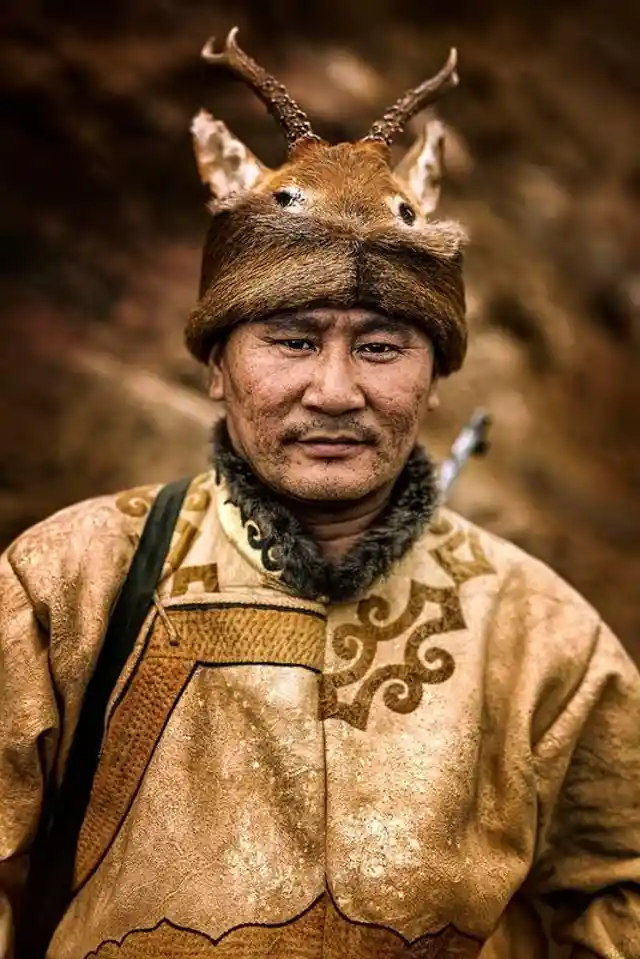
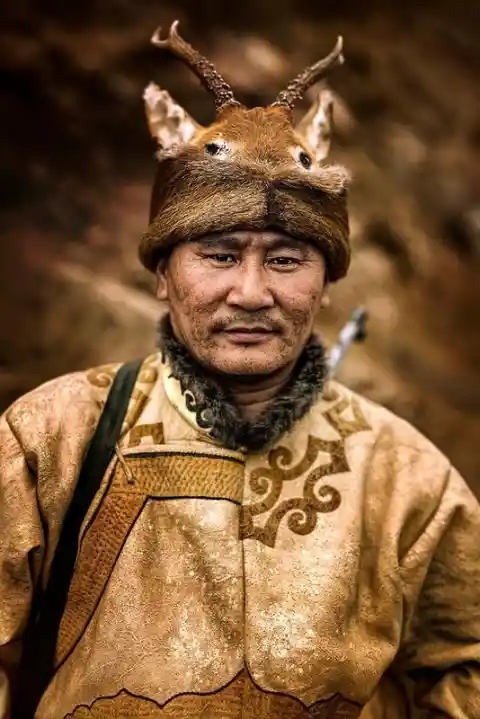
The Oroqen language was never historically written down and is now considered endangered. Their lifestyle is also threatened, with traditional hunting in violation of new wildlife protection laws in China.
While the government is offering transitional assistance with new occupations and modern housing, this does mean that we may be seeing less of them in the future. Sad times!
Frat Boy
This picture of a Kaqchikel Maya man was taken in the Solola District of Guatemala. Looking pretty fancy, eh? It's no mistake, as it turns out. He is a senior member of a cofradia, a unique fraternity common among the Maya people.
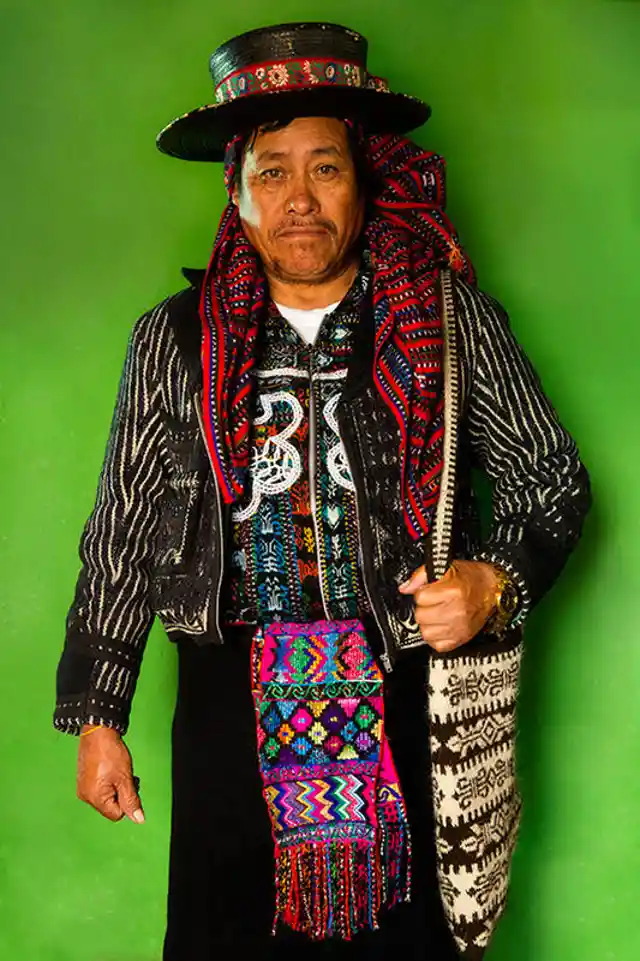
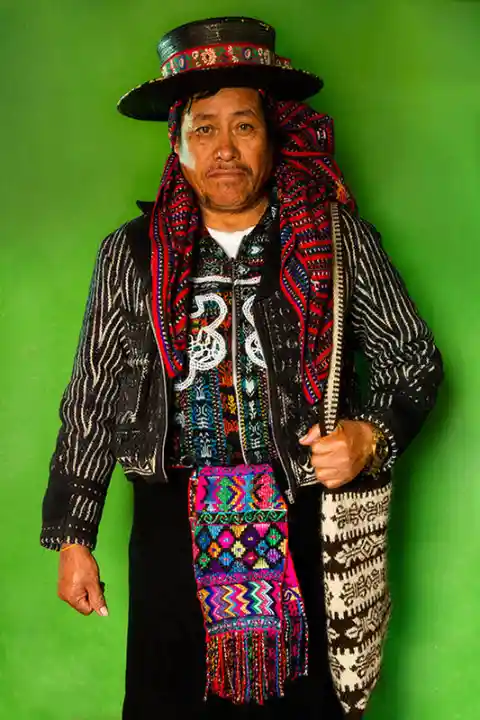
The traditional Kaqchikel Maya are actually just one of 30 ethnic groups of the Maya people! A whopping 21 out of 30 live in Guatemala today. The more you know!
May I Tie That Hat?
This Meitei elder has quite the headpiece! Living full time in Moirang, India still has plenty of mysticism for those in the know. And looking into his eyes, we think he knows a few secrets of the tribe.
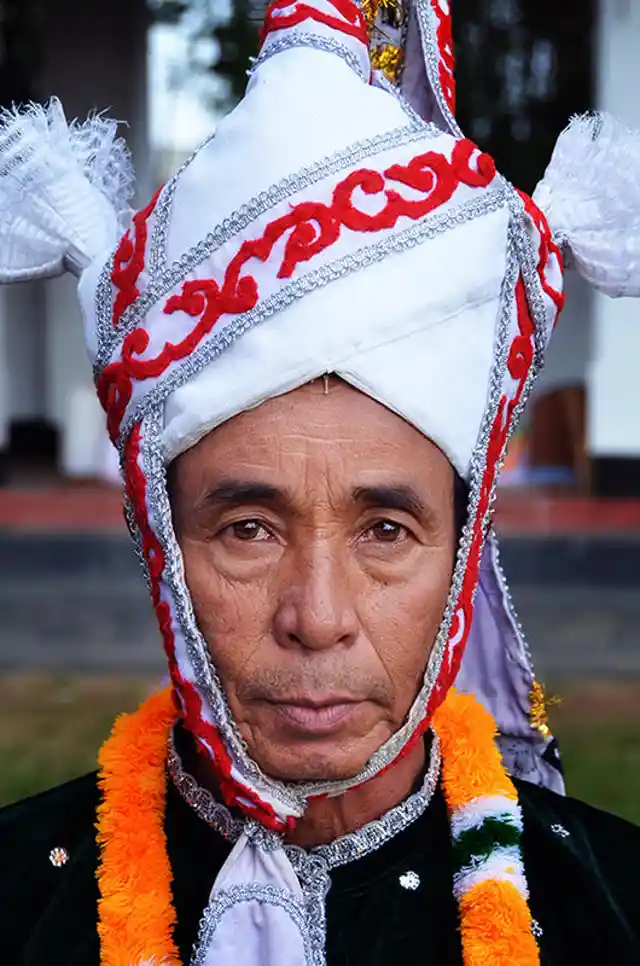
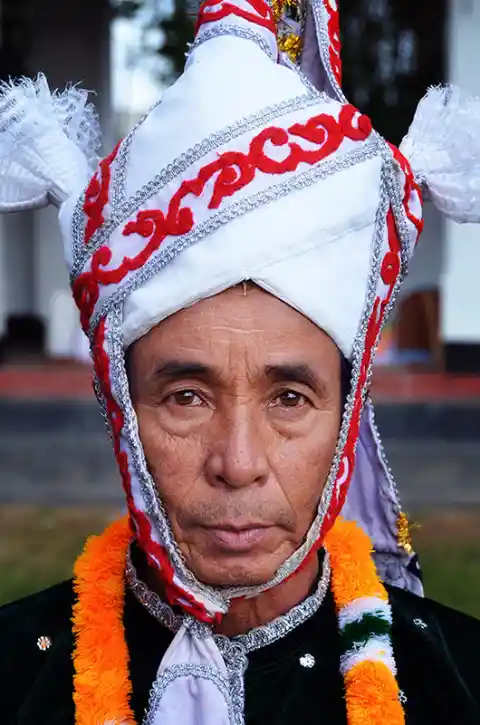
The Meitei people are an ethnic group that also live in Myanmar and Bangladesh, with a written history going all the way back to 33 AD. They believe that their group is descended from a creature called Pakhangba, a dragon with antlers.
Today, they hang out and perform religious rituals to honor a variety of spirits. In majority Muslim countries such as the aforementioned two, these old ways are not common at all anymore!
Maybe It's Maybelline
Papua New Guinea is a place many of us heard about in geography class, but odds are no one has visited there in the past year. What's going on in the Eastern Highlands of the country these days?
The Kuku tribe, for one. This young lady decided to pose for Alex in traditional makeup from a local ceremony. What a treat!
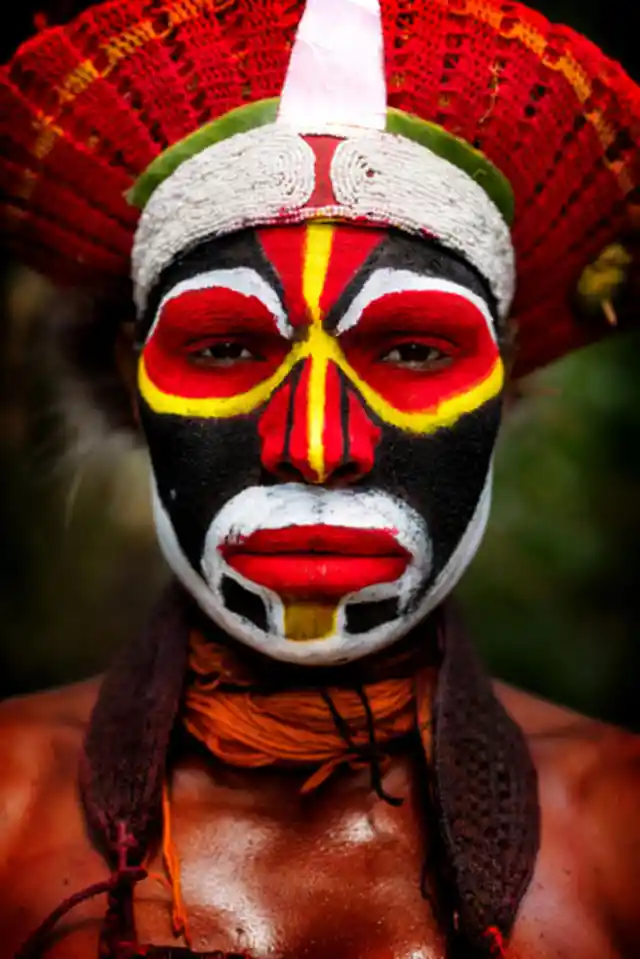

All the villages in the area actually have their own face paint design. A guidebook might be necessary to keep track because there are 800 indigenous languages in Papua New Guinea along with the people who speak them!
Today, just 18% of these tribes live in urban areas. The rest? Looks like they're busy having a lot of creative fun out there!
Boys Of A Feather Stick Together
Papua New Guinea is also home to the Huli people, and their wigs have caught some major attention. That hat you see is actually made of this man's own hair!
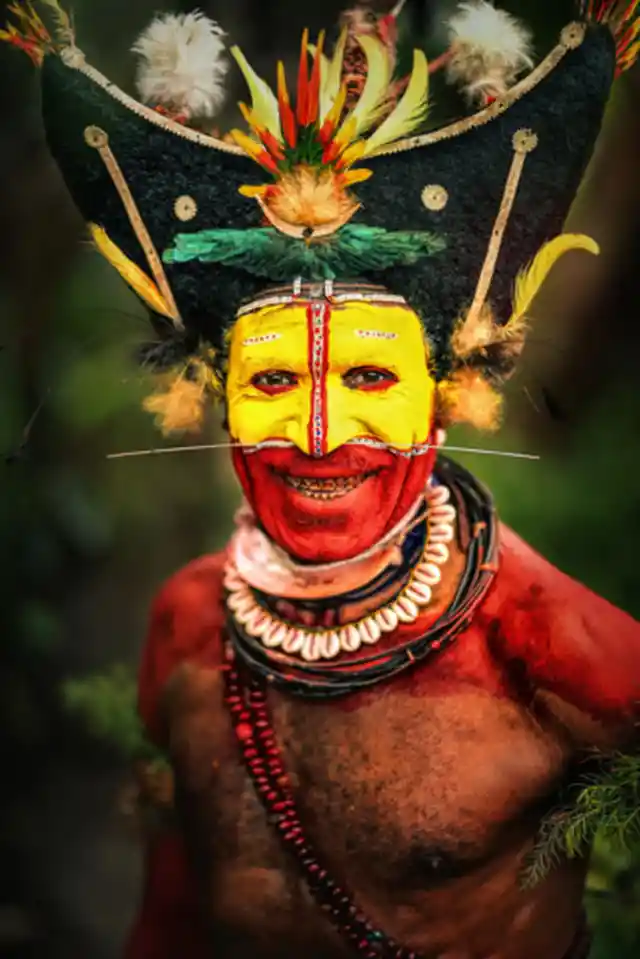
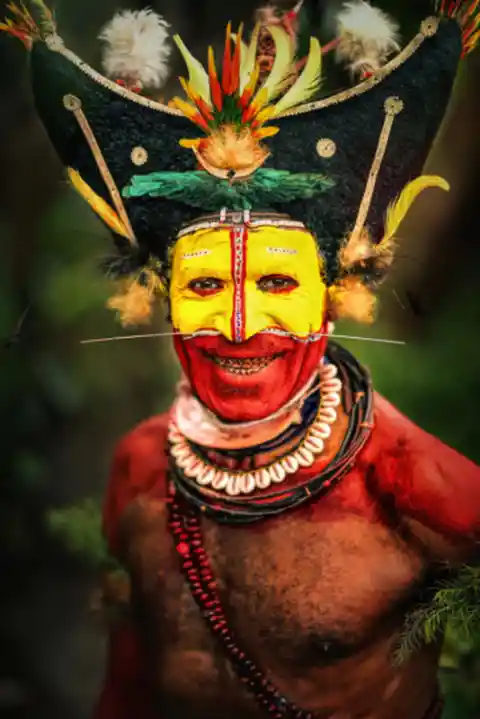
At puberty, boys live separately from the females in the clan for around a year. Then, an initiation ceremony takes place with the male elders. The boy's hair is grown out, cut, and made into this decorative piece for lifelong wear. The colorful feathers on top are a nice touch, we must say!
Lil' Wakhan Woman
Here, Alex captured the face of a young Wakhi girl in everyday clothing. This tribe lives in Afghanistan as an ethnic minority in the Wakhan Corridor. Where is that, exactly?
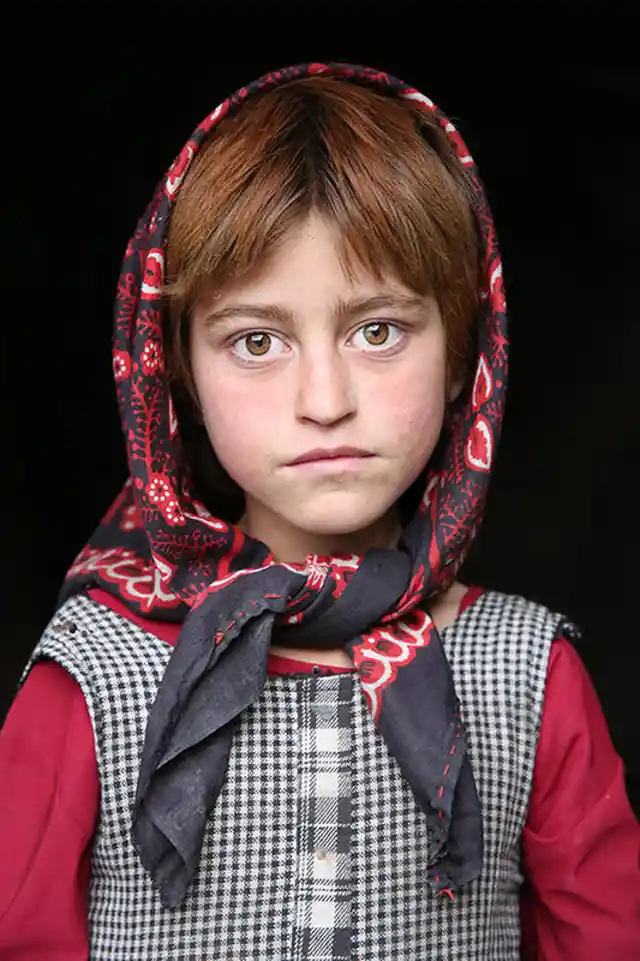
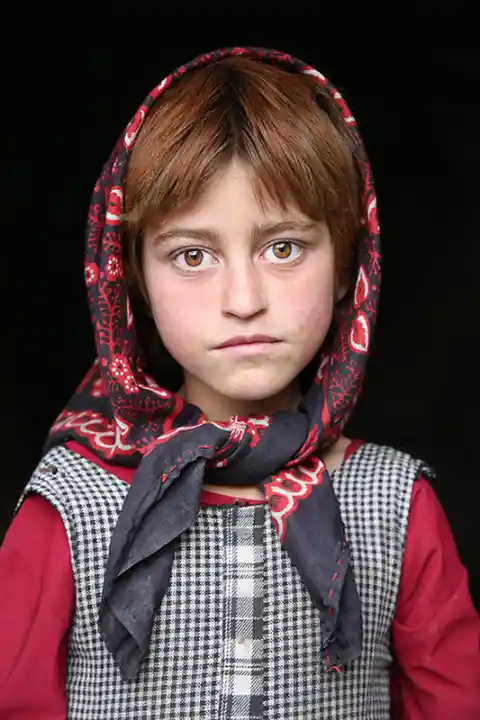
It's in the northeastern part of the country near China where a narrow mountain river valley separates Tajikistan and Pakistan. Most of the people live in villages just as they have for centuries, which means mud huts without electricity or indoor plumbing.
No wonder we don't see them on social media every day!
An Australian Original
Alex captured the slight smile of a young Aboriginal woman on a trip to Cape York, Queensland in Australia. While many of us have heard of this tribe, not everyone has met a member themselves!
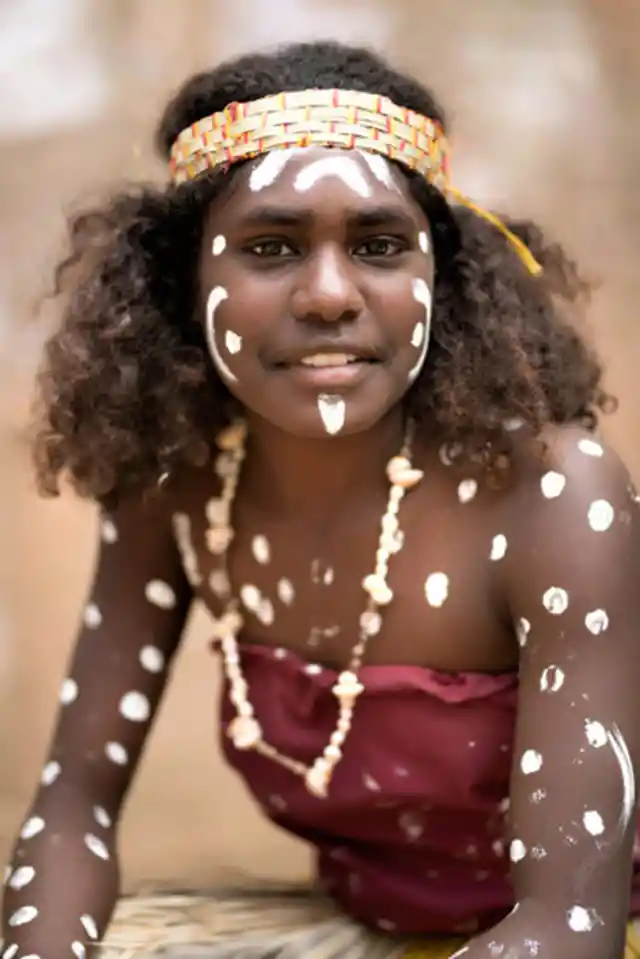
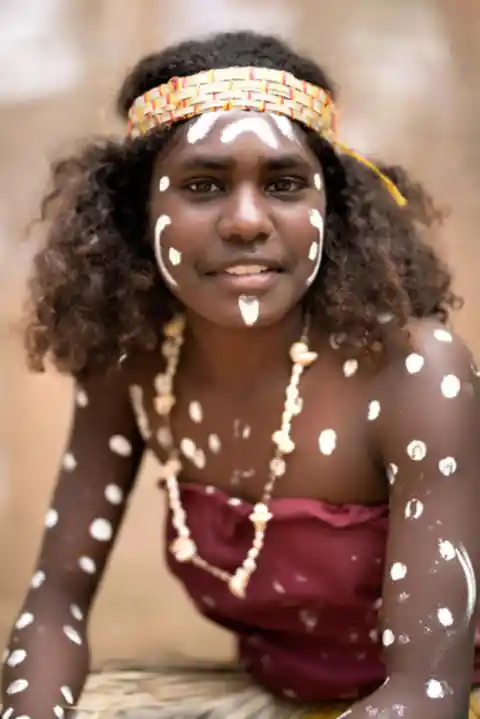
In the first half of the last century, the Australian government transferred Aboriginal kids to foster care, forcibly taking them from their homes. As a result, many have assimilated into the wider Australian culture today. In fact, 1 out of 3 children were removed from their village during this period!
As modernity continues, many wonder if this tribe will voluntarily integrate over time. Will we see this young lady's grandkids in a cosmopolitan setting in the future?
Cuddly Cutie
Hi there, Even girl! They are a small Manchu-Tungus origin tribe located in the Sakha area of North East Siberia is yet another part of the fabric that makes up the wider Russian Federation. And they've been braving the snowstorms for a very long time!
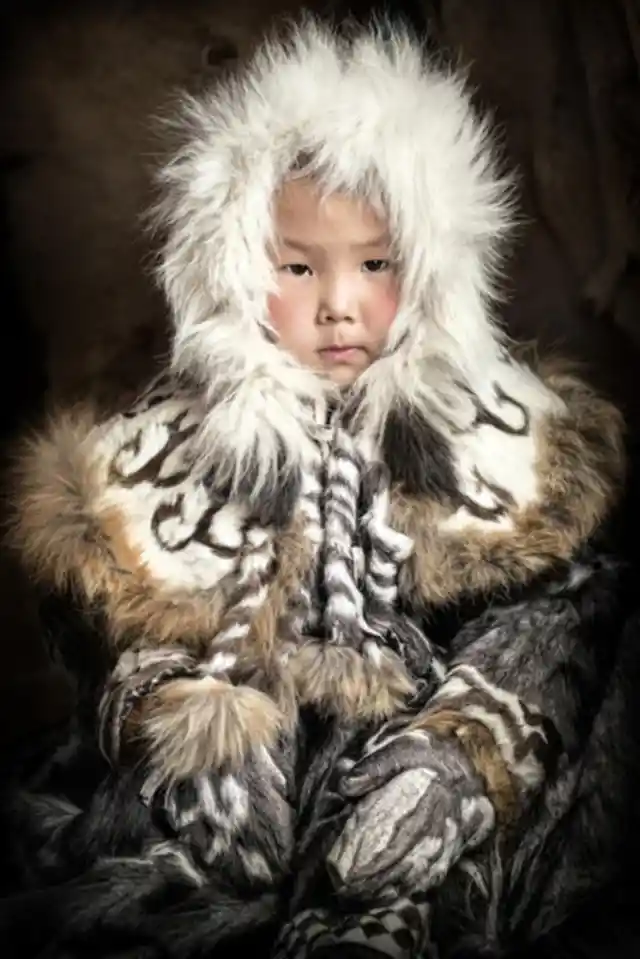
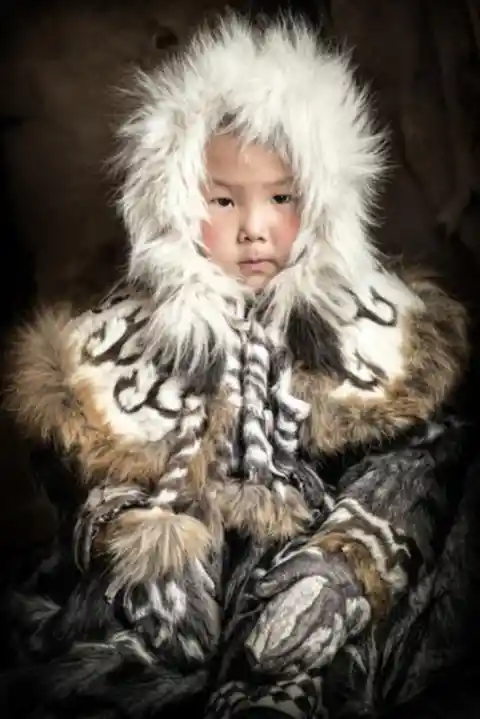
Evens have been living in this neighborhood since the 1st millennium AD, to be precise. Herding reindeer is their specialty, and they have maintained a continuous oral history.
But today, the language is considered endangered with just 5,700 native speakers left! Will this cozy youngster carry on the traditions?
Remote Russia
The Evenki are another related group in Siberia. Today, they only speak basic Russian and carry on many traditions. Here, an Evenki girl displayed a traditional headdress for Alex on a visit to the Republic of Buryatia. Fierce and fashionable, we say!
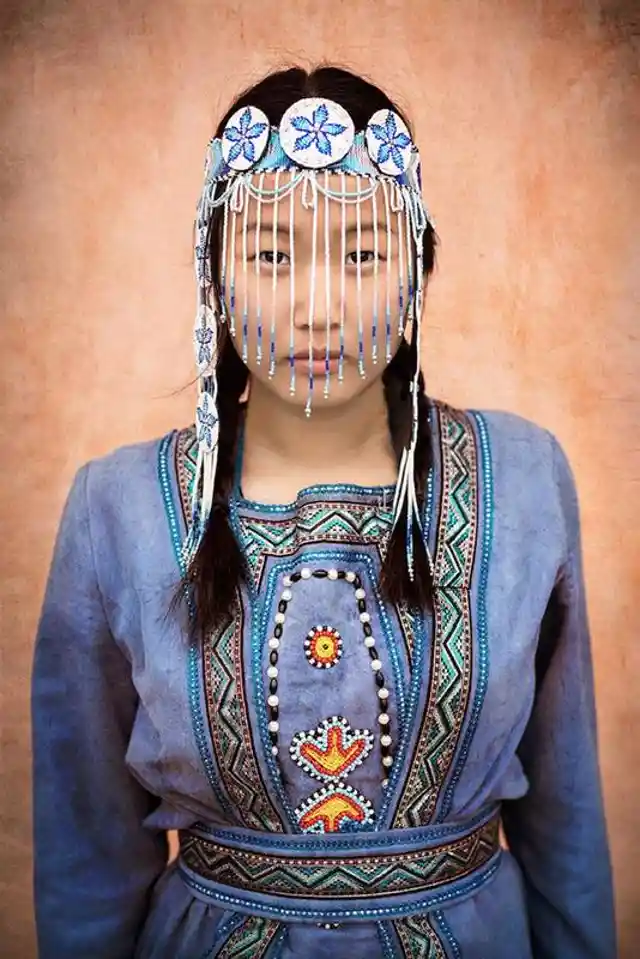
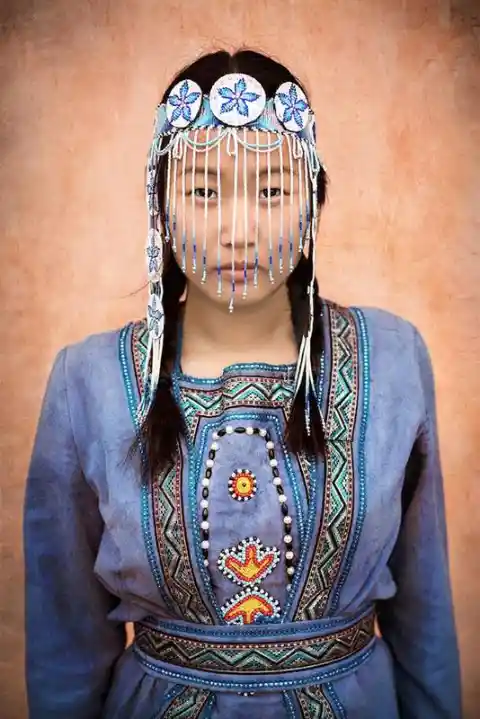
Recent survey data suggests that the Evenks number around 38,000 in Russia. More live in China, and a sprinkling in the Ukraine and Mongolia nearby. Overall, not a big group! Will they be around wearing the same beaded garments in fifty years?
Kissing Cousins
The Oroqen people are a minority who are related to the Evenki people, with most able to speak the language of their ancestors. This is fading, though!
Their traditional lifestyle was nomadic, and they survived the winter through hunting and reindeer herding. In a surprise for the Oroqen, Russia banned hunting in their area in the 1990s! And it also happens to be the case that there are almost no reindeer left, either.
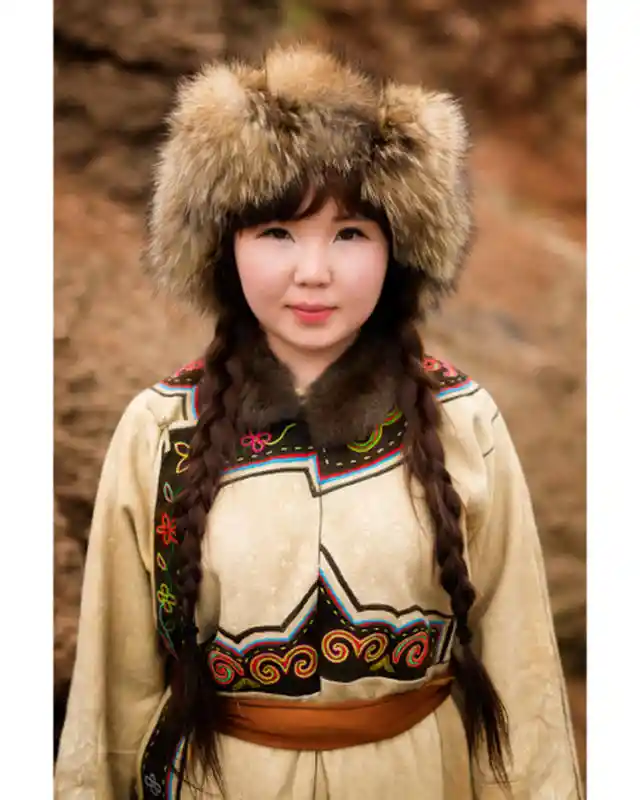
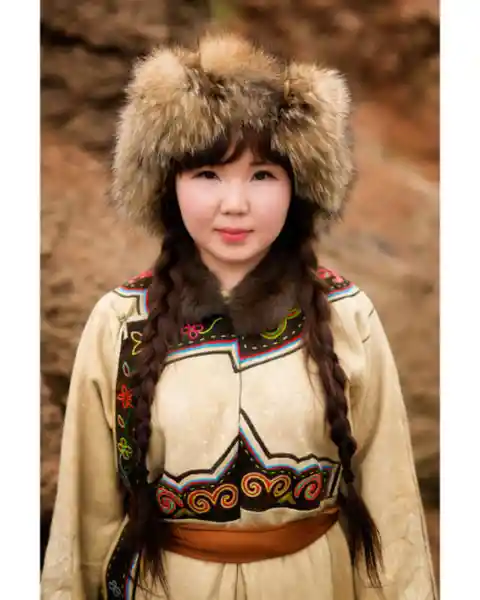
Besides the artificial limit put on their lifestyle by the government, their religion has also declined. Traditionally shamanists, by religion, the last Orochon shaman died in 2000. Whichever way their culture continues in the future, it will not be the same as it was hundreds of years ago!
Surprises In Siberia
More is in store for all your Siberian curiosities! This Nanai girl is from the Nanaysky District in Eastern Siberia. Check out the traditional dress design! One wonders if the couture fashion week people stop by every year to steal a few ideas.
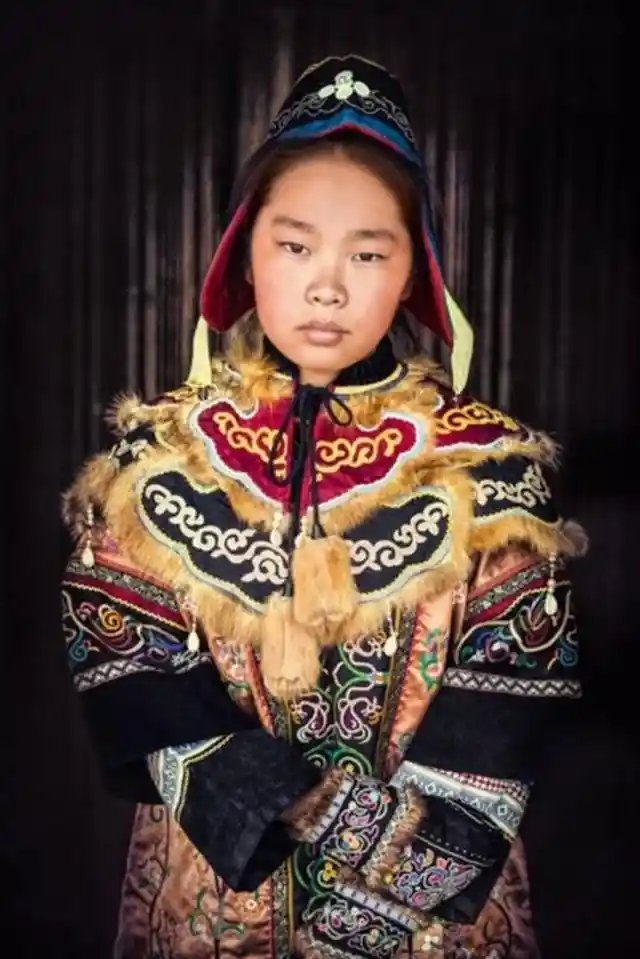
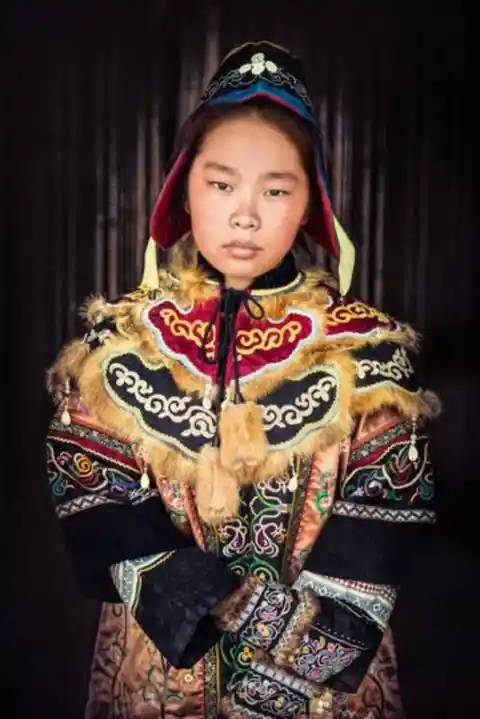
With only 12,003 Nanai left in Russia according to the last national survey, it is no wonder the world remains unfamiliar with them. Light, camera, action — the premiere begins now!
That Bonnet Though
This Ladakhi woman from the Nubra Valley in India's Himalaya region is really rockin' that hat. Bejeweled, bestowed? It doesn't matter, she makes quite a striking portrait!
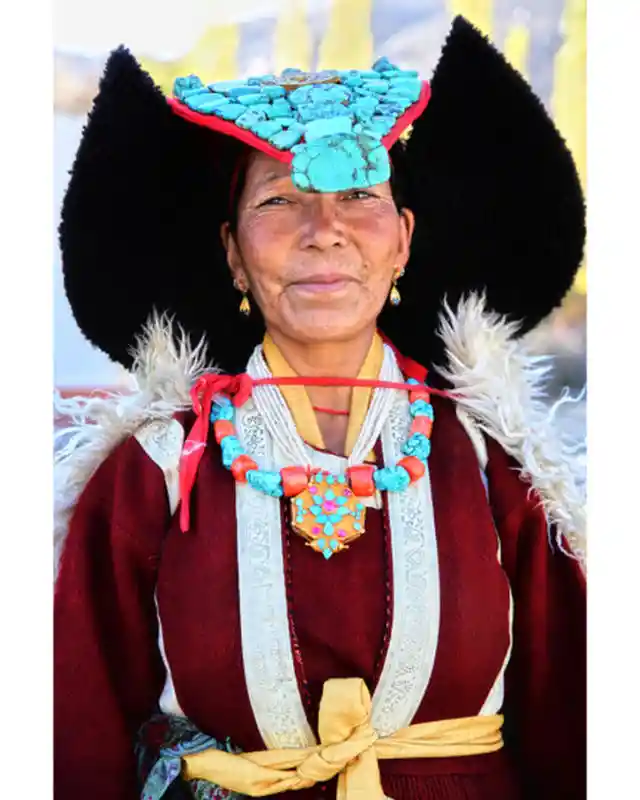
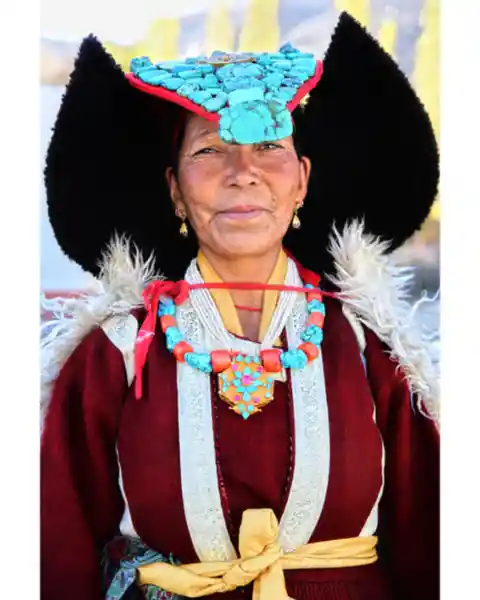
The Ladakhis are descended from the Tibetian people, and their culture is similar today. Even the food has shared elements. Ever tried thukpa, tsampa, or skyu? We doubt it. Be honest now!
Just Around The River Bend
Another tribe in Papua New Guinea is the Sepik, at the East Sepik river. This group lives a pretty remote lifestyle, with rivers as the sole entrance to their villages. That's right, you can't even drive there!
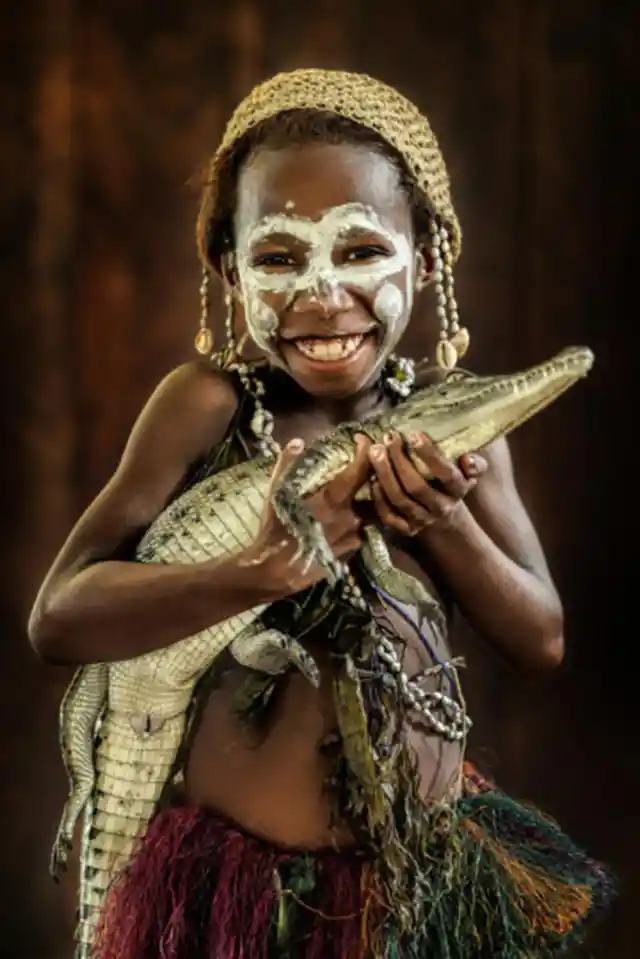
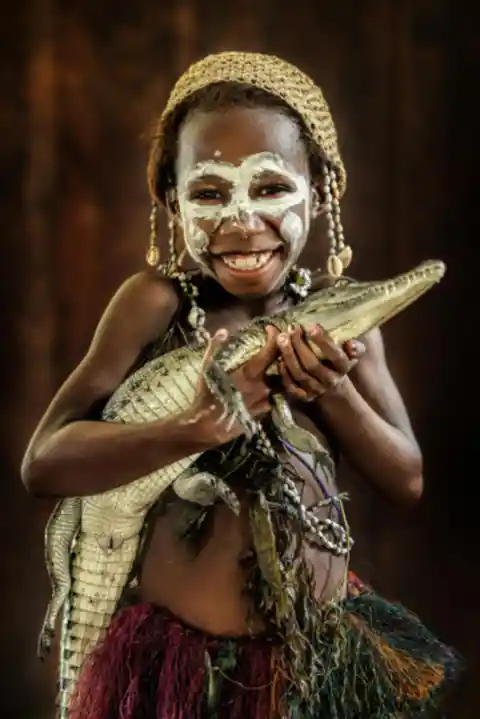
Electricity and stores are nowhere to be found in this isolated world within our world, and that has naturally helped to preserve their culture. But there's a twist to the story: Gold and copper have been discovered in the riverbeds!
Will the expected mining industries change their untouched cultures? History points to a yes, it seems.
Into The Woods
The forests of Siberia host the Negidal people, a group that is quite remote. Accessible just through boat travel, not many people have visited their settlement! Have they kept their traditions all the way through Soviet rule?
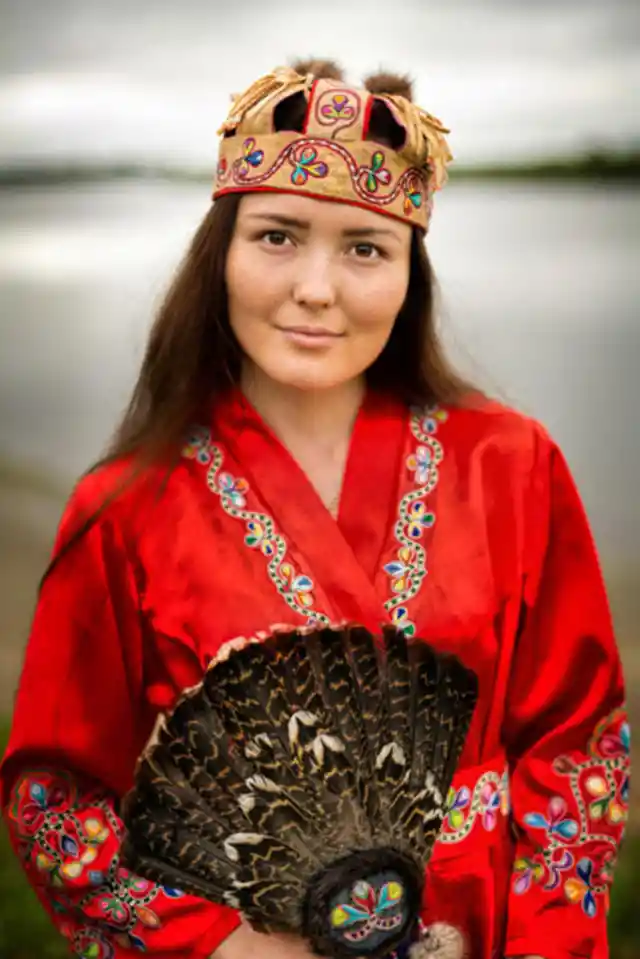
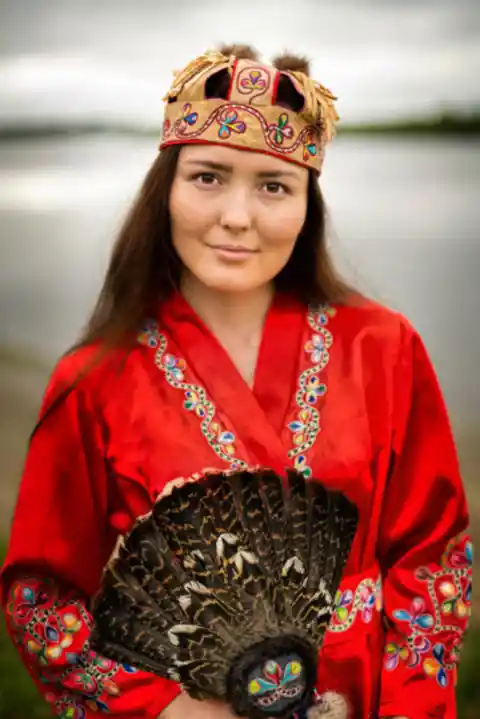
Today, the Negidal language is only spoken by two elderly women. They are pretty sure their mother tongue will die with them, and UNESCO agrees. It has been categorized as critically endangered!
Buryat Babe
In southeast Siberia lies the Buryatia Republic. The largest indigenous group in the region is the Buryat people, but they are not restricted to Russia. Some also live in Mongolia and China as smaller ethnic minorities. How many exist in total?
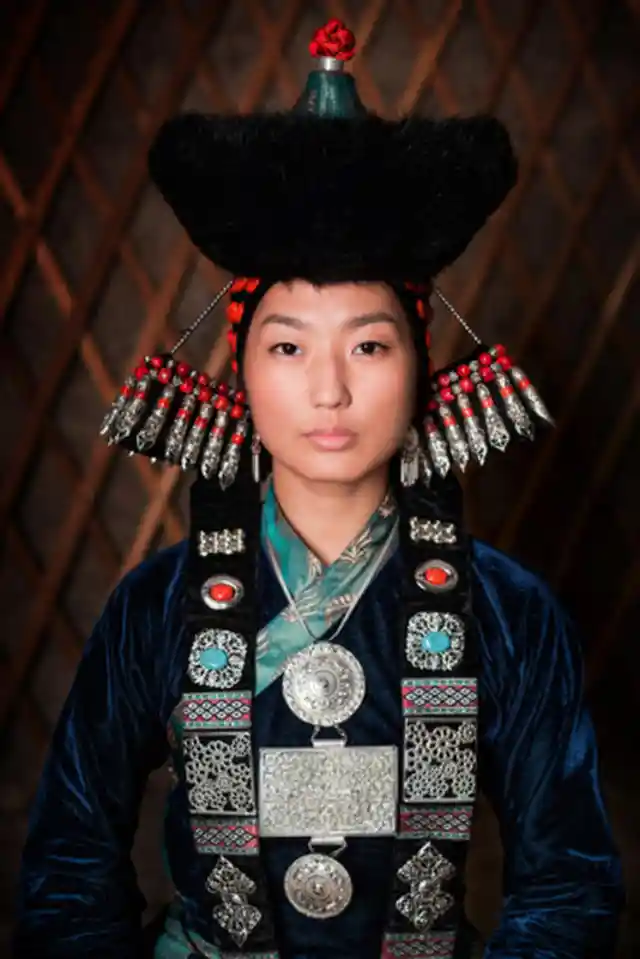
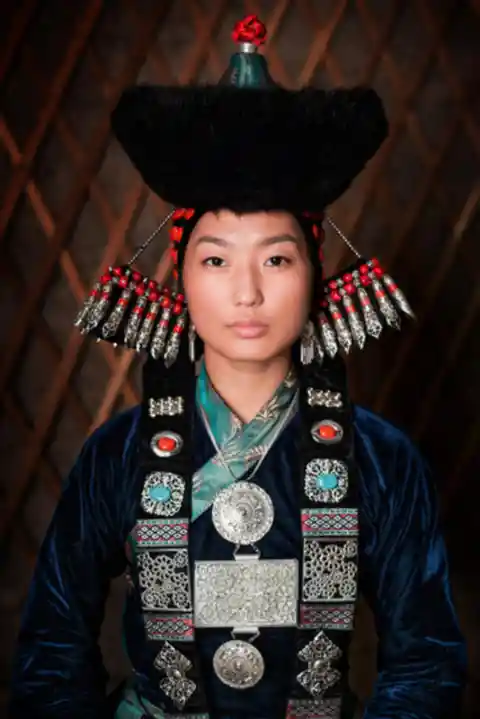
Around half a million people call themselves Buryat, but only half can still speak the original language today. UNESCO has recognized this tongue as severely endangered, too!
Ixil Pixels
The Ixil people also live in Guatemala, specifically in Santa Maria Nebaj, El Quiché. The Guatemalan Highlands host the Cuchumatan mountains, a very remote setting to preserve culture!
The Ixil tribe is still traditional today, and many women are weavers who create handmade clothing for everyday life. It sounds like a peaceful existence up there!
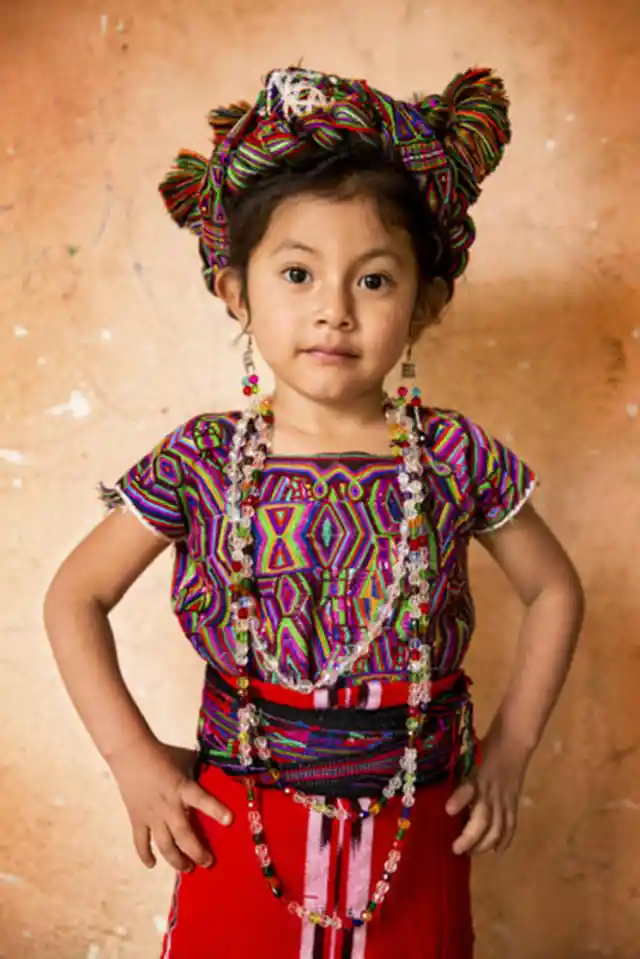
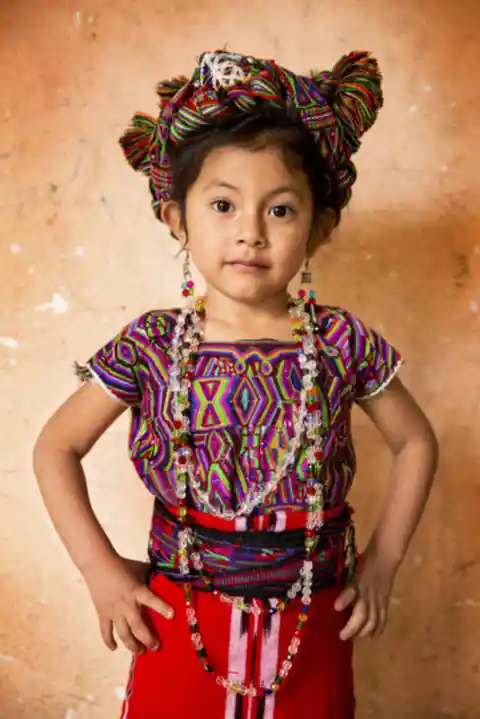
Actually, not so much recently. The Ixil are suffered through atrocities during the Guatemalan civil war, which lasted 36-years! Thought it ended in 1996, real information has come to light only recently.
In 2012, the ex-president of Guatemala was found guilty of the murder of 1,771 Ixil People! An appeal dismissed this charge, and a second trial began. He died before the matter could be sorted out, but it is clear that the Ixils have been through a lot together. Thankfully, they are still around!
Artists Of The Americas
This Tz’utujil woman lives near Lake Atitlán in the Guatemalan Highlands. She is pretty busy out there with her friends making world-famous arts and crafts!
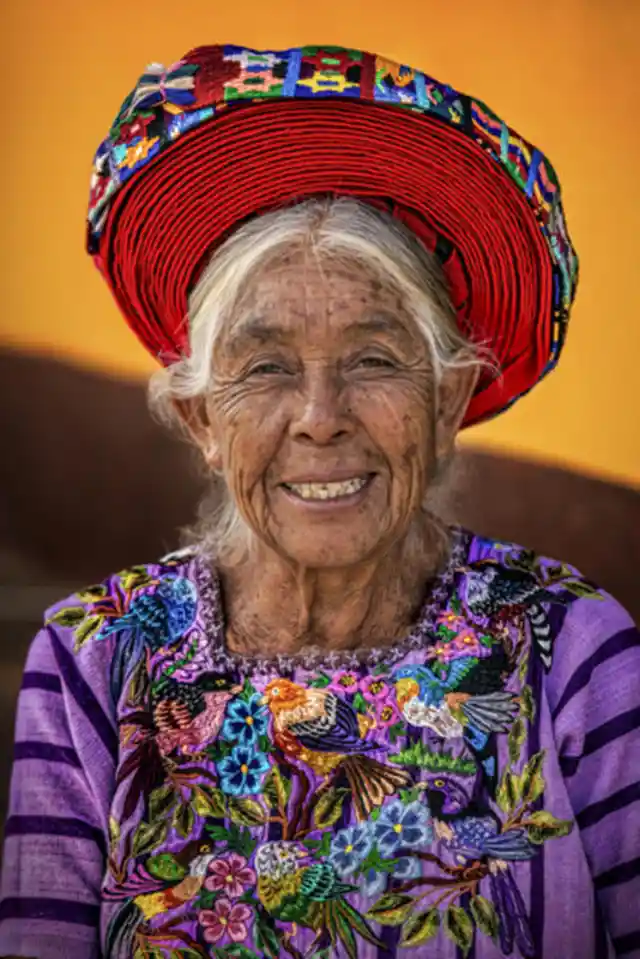
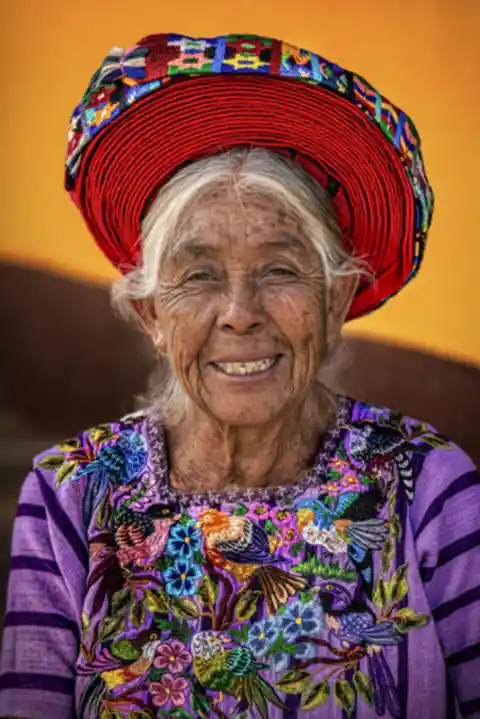
Tz’utujil is one of the Maya ethnicities in the Americas, and are known for their unique headdress. Traditional yet fashion-forward, they make dye and fabric from local plants to express themselves through clothing. Very nice, ladies!
Spiritual Siberia
The Orochi live on the coast of the Sea of Japan, in faraway East Siberia. Alex tracked down one of their spiritual elders for a little photoshoot!
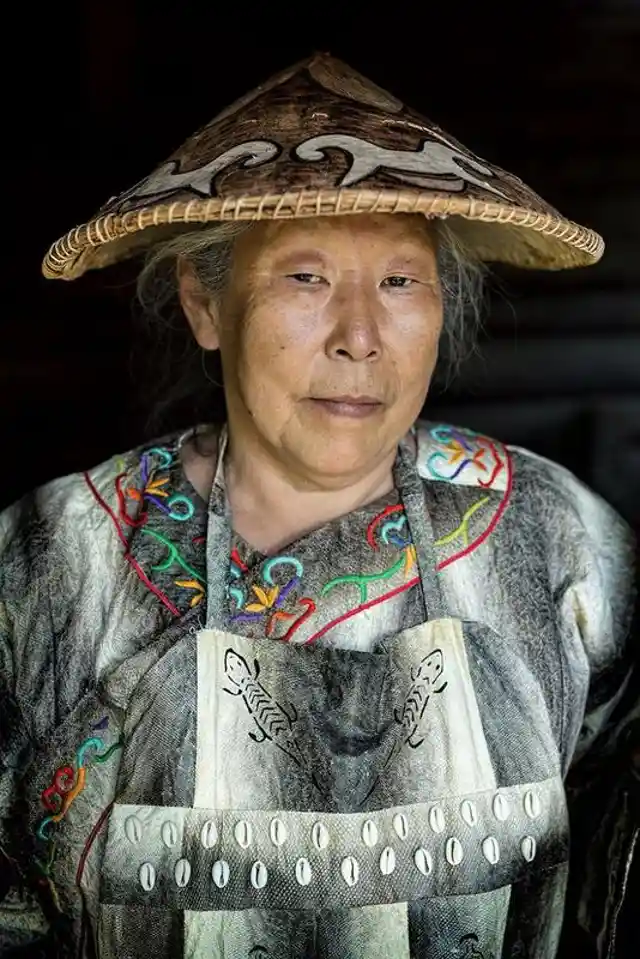
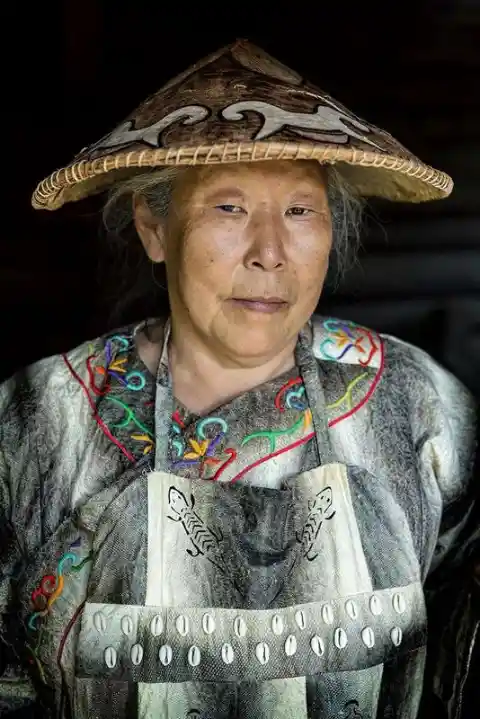
Here, the woman is pictured wearing traditional clothing made of salmon skin by a tribal craftsman. Sadly, she is no longer with us. And neither is the craftsman! Traditional knowledge has disappeared with their passing, and no one alive speaks the Orochi language fluently anymore, either.
Masked Minorities
The Sakha people mainly live in the Republic of Sakha in Russia, with some spread out in other autonomous districts. They are a Turkic group that is very proud of their culture, part of which involves these unique masks. And who wouldn't be?
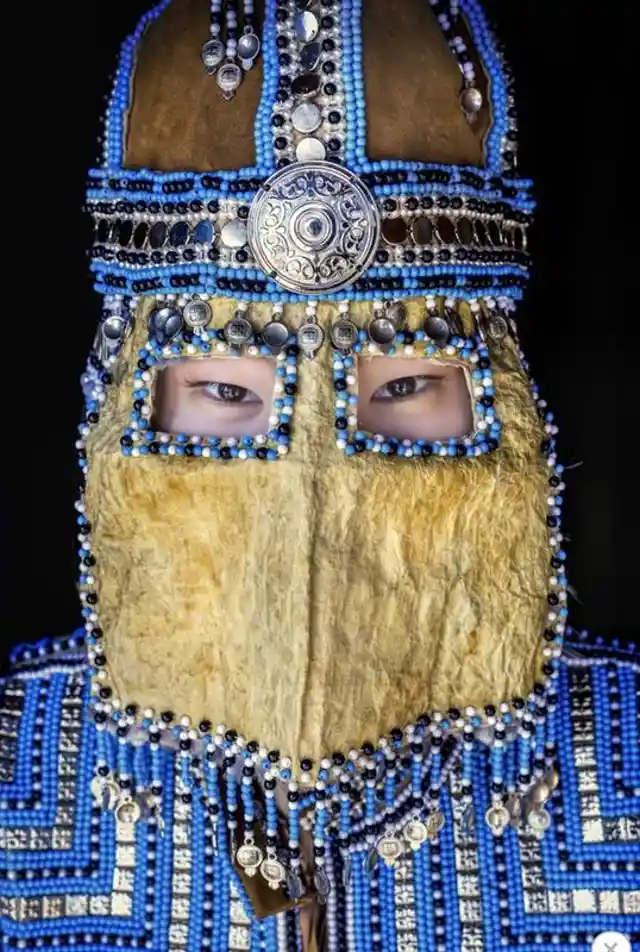
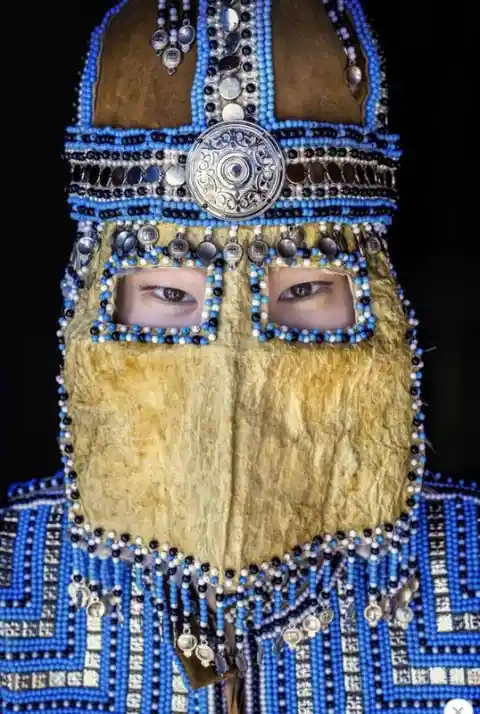
This Sakha girl is really displaying those blue beads well, but what about her face? Maybe we will meet another day, in another place.
Mongolian Mama
This Dukha woman lives in the Darkhad Valley in Khovsgol. If that doesn't sound familiar, it's actually in Northern Mongolia. Sometimes we all need a geography hint!
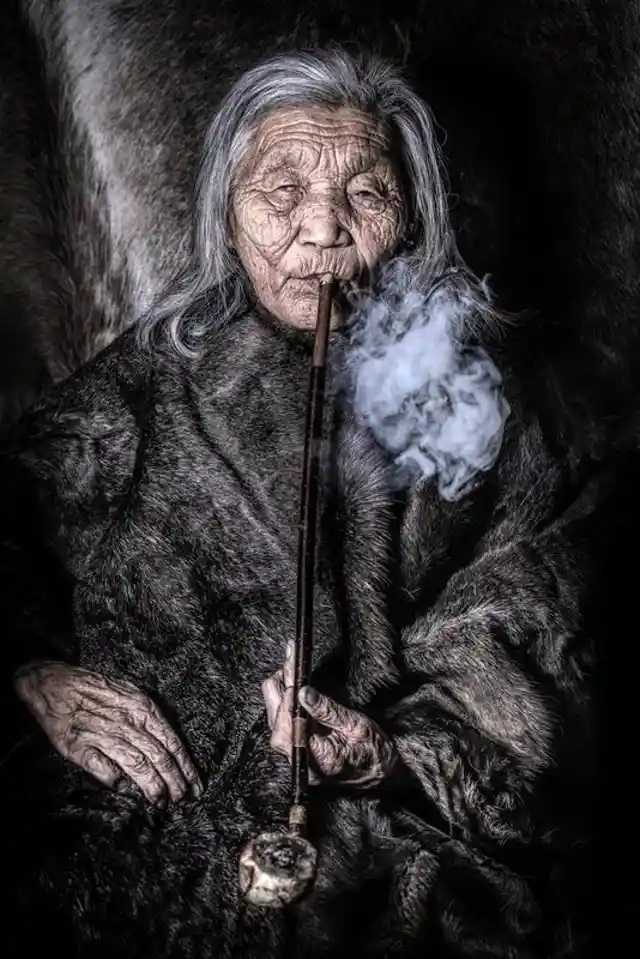
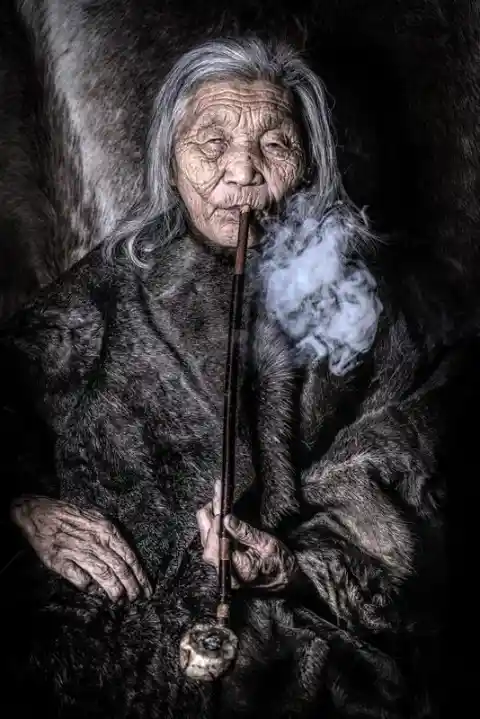
The Dukha live in inaccessible taiga forests bordering the Tyva Republic of Siberia and hold the title of being the only reindeer herders in Mongolia. Alex photographed this woman in particular because of her unique life achievements in the tribe.
At age 80, she has 14 kids, 60 plus grandchildren, and even more great-grandchildren. The total number of Dukha is 282 today! Almost single-handedly carrying on the tribal line, this lady deserves a round of applause.
Santa, Watch Out
The Dolgan people live in arctic Siberia, right by the Arctic Ocean! It sounds a bit chilly, but this man seems to be relaxed and cozy. Nice pipe!
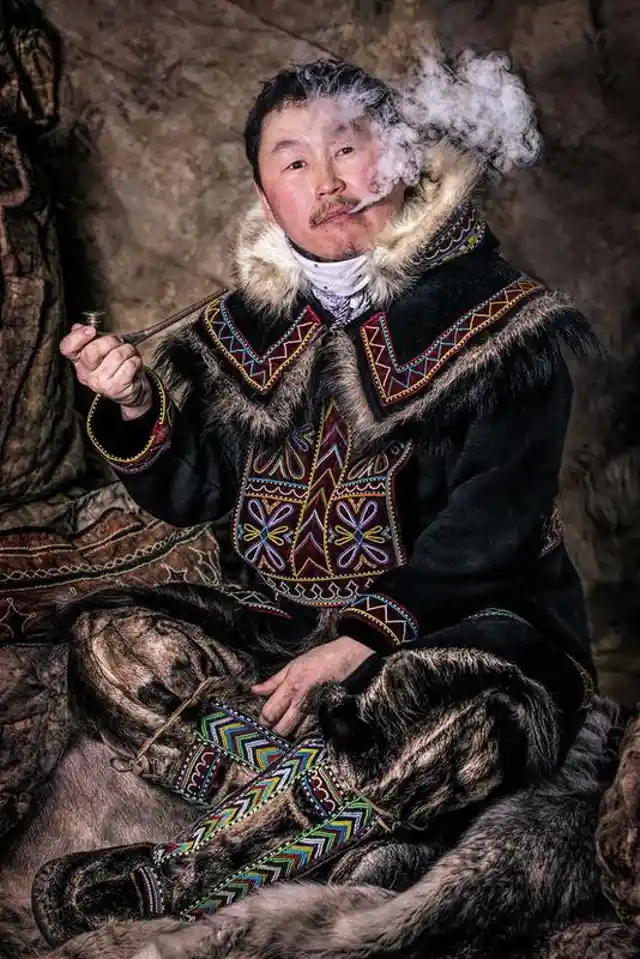
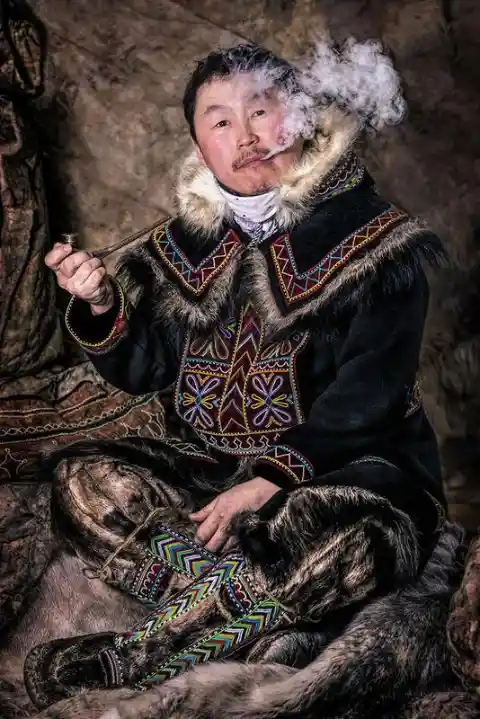
The Dolgans are actually reindeer herders, and this lifestyle currently sustains 8,000. Around 1,000 still speak the indigenous language, however. Will they make an effort to continue their mother tongue with the next generation? The times, they are a-changin'!
Tradition Transition
The Nganasan people also inhabit the Siberian Arctic. They are considered the northernmost group in Eurasia, and there are only a few hundred left today!
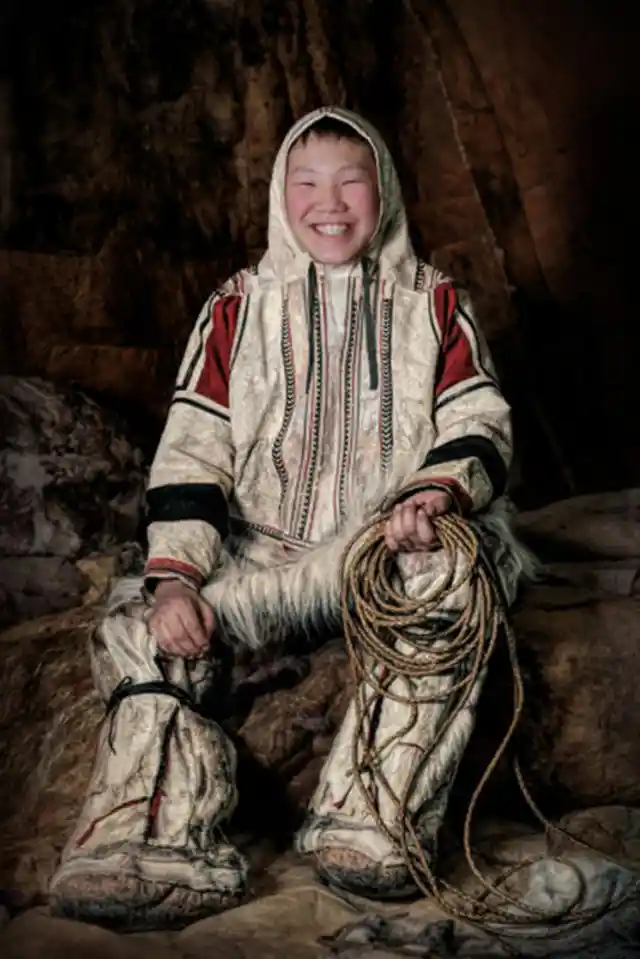
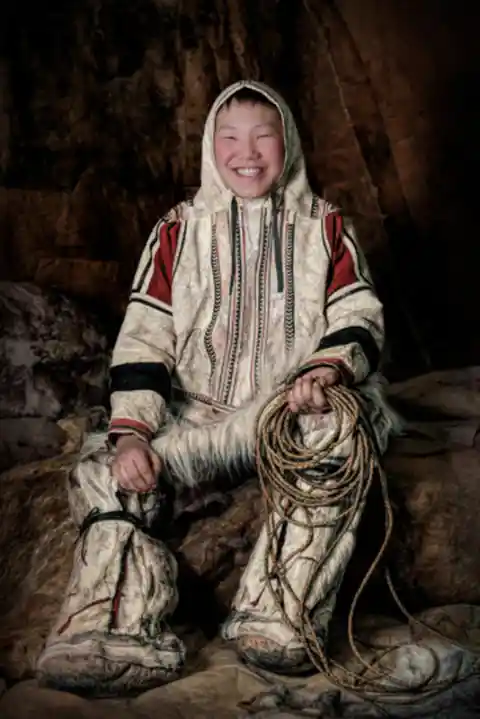
According to UNESCO, there are only a few hundred Nganasans alive now. And the language isn't in good shape, either. It has been classified as severely endangered as only a few elders who can speak Nganasan as a mother tongue are left!
Their traditional clothing is also a rare commodity these days because the garments are buried with the body at a funeral. Soon, this fashion will just be in museums!
Afar Away Africa
The Afar are a tribe located in the Afar Triangle. In North-East Ethiopia, Alex found this confident model for the day. Her region is actually the lowest point in Africa, and it is constantly dealing with drought. What's more, it has the unfortunate title of 'hottest place on Earth'!
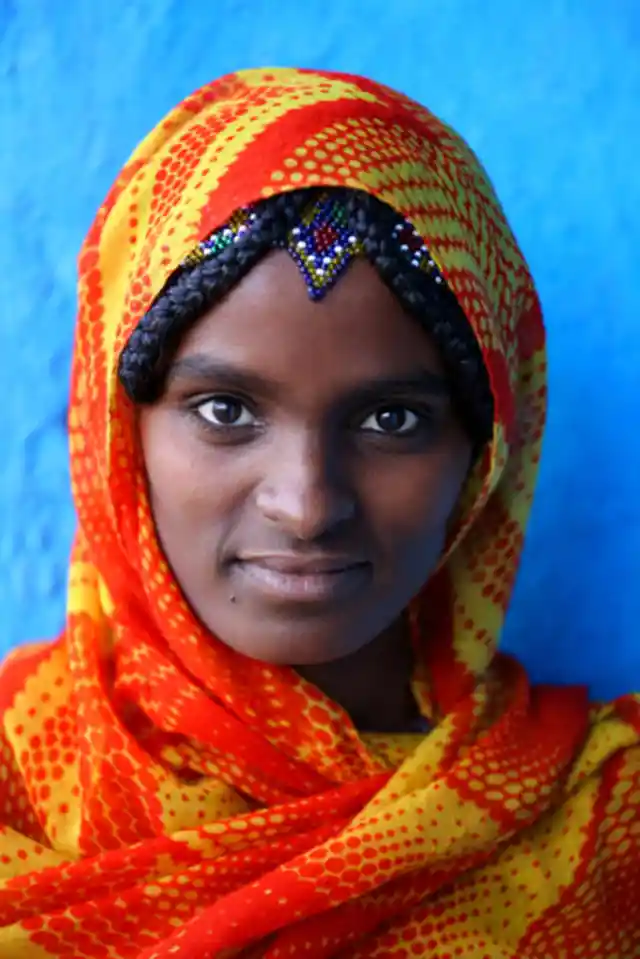
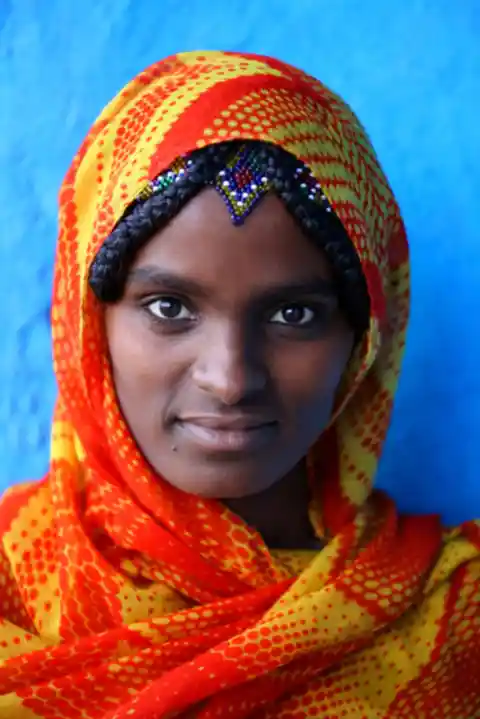
Regardless, people have been living there for a very long time. A skeleton found here was dated as 4.2 million years old! No wonder this woman is so fierce in the photo. She conquers the element day by day and lives to tell the tale!
Siberian Songster
This Yukaghir man lives at the Kolyma River in North-East Siberia. He has taken up a hobby in retirement to preserve his tribe in many ways, composing and singing songs in the mother language. He teaches the tribe's children traditional Yukaghir dances and songs, too.
But why is so driven to do this?
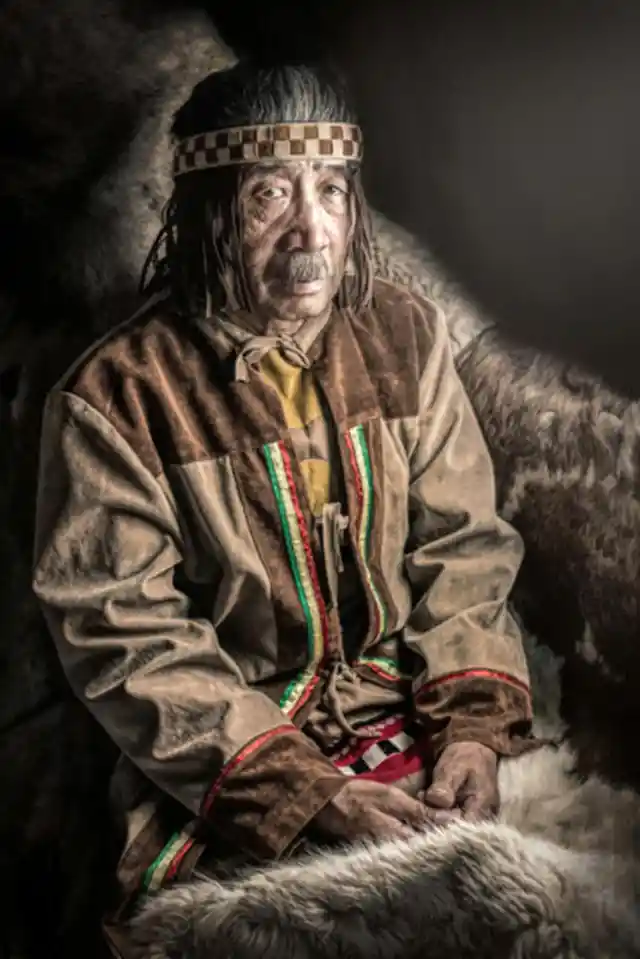
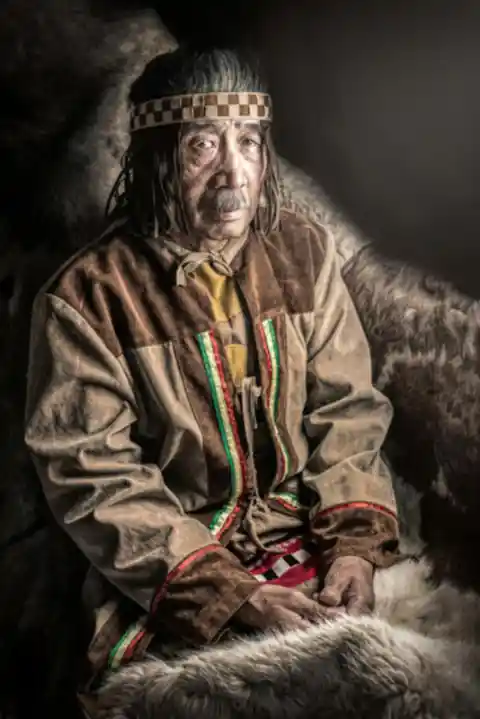
As it turns out, there are only 1,500 Yukaghir left in the world! Around 70 are fluent in the language, which is now labeled critically endangered by UNESCO. Good luck and godspeed, songman!
Samoan Smile
Numbering around 500,000 today, the Samoan people are probably not going to disappear anytime soon. But they haven't gotten a lot of press lately!
Samoans are an indigenous Polynesian group and live on a number of islands in the area today. How have they been doing keeping their original traditions in the face of modernization in the Pacific?
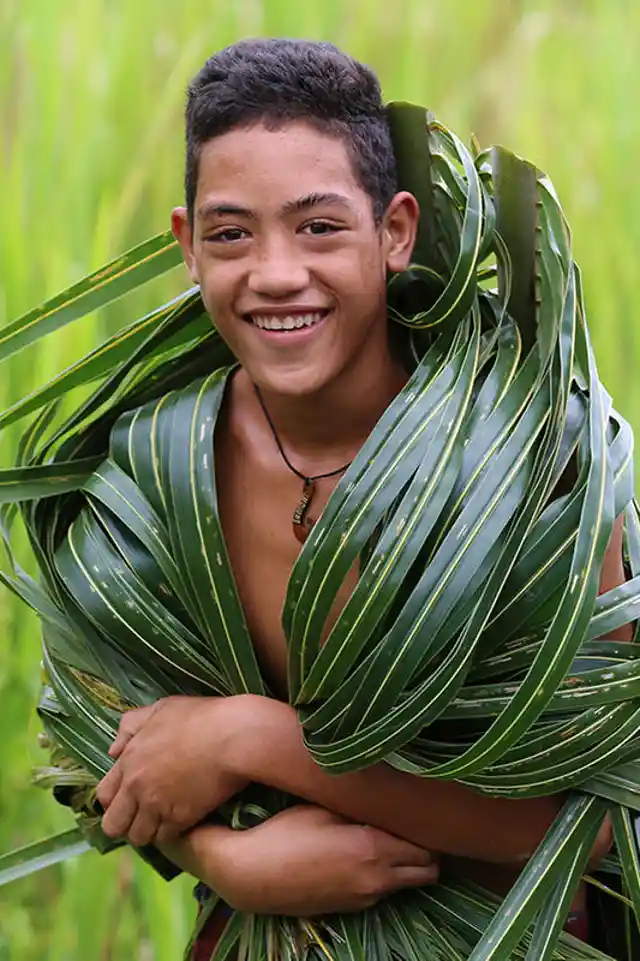
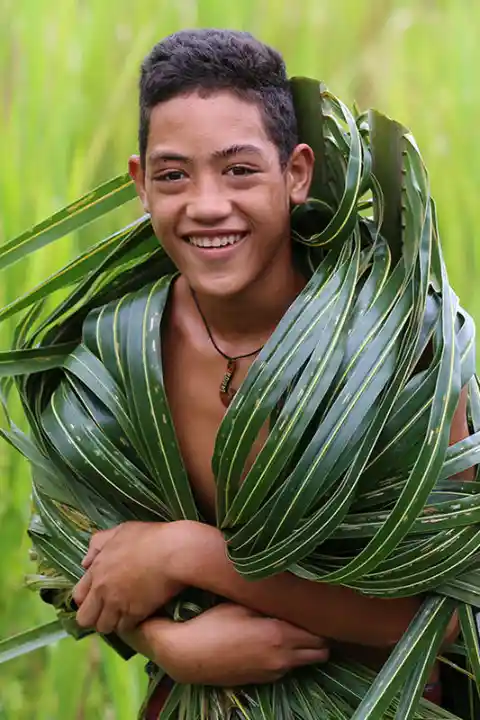
At present, their territory is divided politically between American Samoa and the Independent State of Samoa. Despite this separation, language and culture largely remain the same. In rare cases, it can be done!
Havana, Ooh Na-Na
While Cuba is very populated, they are internationally isolated. For that reason, Americans with travel restrictions have not been able to get to know the faces of Havana at the moment. This girl looks pretty funky!
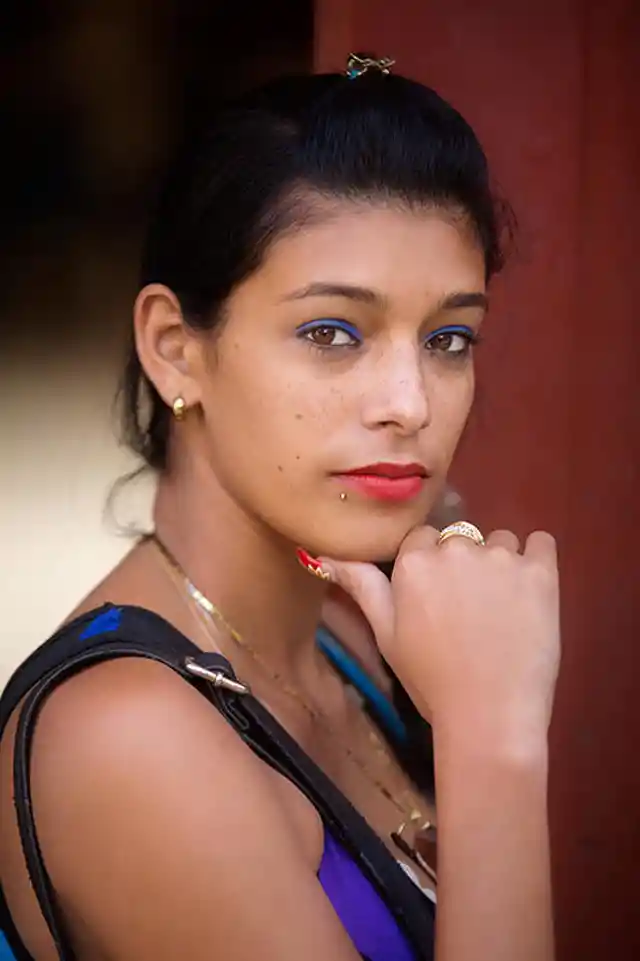
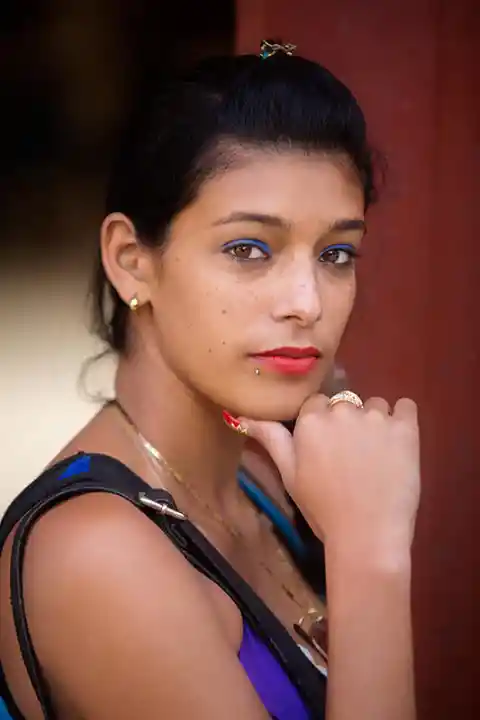
Before the Spanish came, Cuba was actually inhabited by three separate indigenous tribes: The Taíno, the Guanahatabey, and the Ciboney. Things have changed a lot since then, and this girl likely has a bit of all the tribes plus some Spanish in her bloodline today!